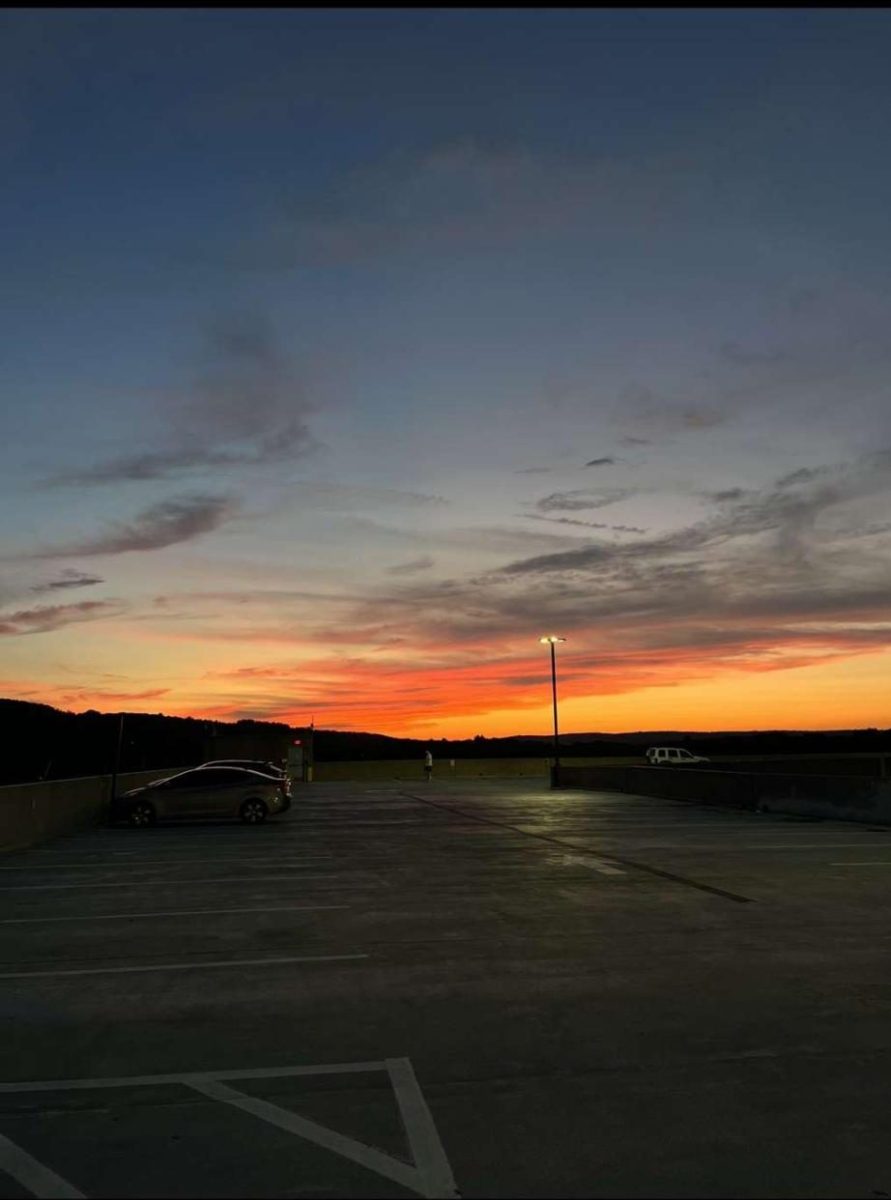The clocks go ahead an hour on March 10, 2024. The ritual of turning clocks back one hour in the fall and putting them ahead one hour in the spring has been happening in the United States since 1966.
Daylight saving time was first enacted with the Standard Time Act of 1918 and its purpose was to add more hours of daylight to conserve energy sources during World War I. It was eventually implemented as a legal requirement by the Uniform Time Act in 1966.
In March of 2022, a bipartisan bill called the Sunshine Protection Act was unanimously approved by the US Senate, which would ensure that Americans would not have to change their clocks twice a year anymore.
Unfortunately, this bill was not approved by the House of Representatives so it never reached President Joe Biden.
Currently, only two states that do not do a time change are Arizona and Hawaii. These states keep Standard Time year round.
Of the 25 WHS sophomores asked, every person said to get rid of the time changes in the fall and spring, and instead opted to have Daylight Saving Time, DST, year-round.
The American Academy of Sleep Medicine finds DST is associated with more cancer, diabetes and obesity, as waking up in the dark is tough on our internal clocks and sleep.
Daylight Saving Time sounds appealing because it makes people think of summer or more light, but this would not work in winter. Most people would find themselves waking up and going to work or school in darkness.
Professors at Oxford University said, “The main way in which biological time is set to the geographical time is by exposure to light, primarily in the morning. Without this ‘light-kick’ in the morning, our biological clock drifts and our bodies are no longer able to perform according to the demands of the time of day. This holds not only for teenagers, who are known to possess ‘slow-clocks’, but for everyone.”
Legislators, however, have argued three main reasons for having year-round Daylight Savings Time. The first reason is that DST’s longer daylight hours promote safety. Driving is safer and the risk of getting hit by a car is lowered. In the evening it is safer for joggers, dog-walking, and outdoor play.
A second reason to have DST is that it is good for the economy. A study of Los Angeles businesses found that credit card sales decreased by over 3% in the week after the end of DLS and increased when DLS returned. Additionally, daylight means more people would be out after work for shopping, which increases sales and business revenue. In the months we have DST the economy shows a boost.
The third reason is the theory that DST promotes active lifestyles. When it’s daytime, people tend to participate in more outdoor activities after work.
While a number of Waterford High School students appear to favor year-round Daylight Savings Time, it might do well to look at both sides of the issue. Either way, it seems the time is nearing where we will no longer be practicing “Spring forward, fall back.”




